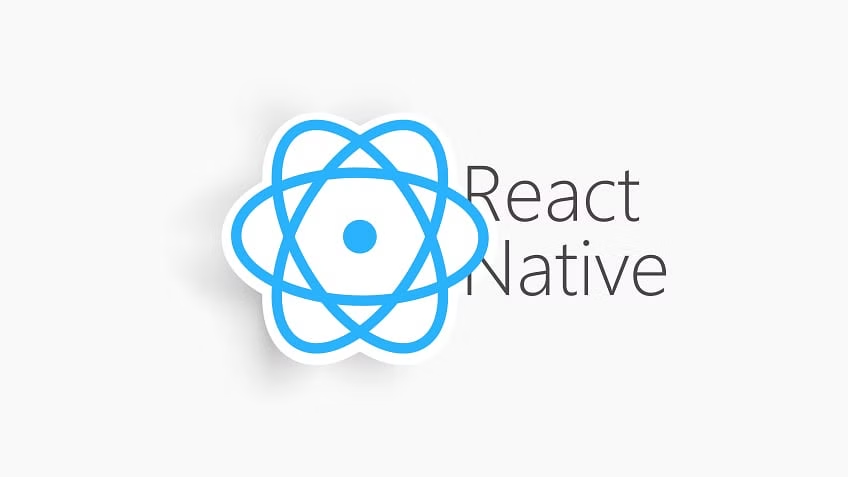When building a mobile app, one of the most important decisions is choosing the right development framework. Two popular options are React Native and Native development, each offering unique advantages and challenges. The choice between these two will largely depend on your project’s goals, budget, and the type of user experience you aim to provide.
In this article, we will compare React Native vs Native development to help you understand which approach is better suited for your app development needs.
What is React Native?

React Native is an open-source mobile application framework created by Facebook. It allows developers to build apps using JavaScript and React, leveraging a single codebase to develop apps for both iOS and Android platforms.
Key Features of React Native:
- Cross-Platform Development: One codebase can be used for both iOS and Android.
- JavaScript Framework: Uses React, a popular front-end JavaScript library, for building user interfaces.
- Hot Reload: Developers can instantly see the results of changes, speeding up the development process.
- Third-Party Plugin Support: React Native supports a wide range of plugins, enhancing its functionality.
What is Native App Development?

Native app development involves building apps specifically for a single platform, either iOS or Android, using the platform’s programming languages and tools.
- iOS Native Development: Built using Swift or Objective-C with Xcode.
- Android Native Development: Developed using Java or Kotlin with Android Studio.
Key Features of Native Development:
- Platform-Specific Performance: Native apps are optimized for the specific platform they are built for.
- Access to Full Platform Features: Native development allows full access to hardware features like GPS, camera, and sensors.
- Best User Experience: Native apps are tailored to the platform’s user interface, providing a smooth and seamless experience.
Performance: React Native vs Native

Native apps typically offer superior performance compared to React Native apps. Native apps are built specifically for each platform, allowing direct access to device resources, faster load times, and smoother animations. This makes native development ideal for apps that require heavy graphics, intensive animations, or high-performance features.
React Native performs well for most types of apps, but may not match the performance of native apps for resource-heavy tasks like gaming or complex animations. Since React Native apps rely on JavaScript to bridge the gap between the code and the device’s native features, this can sometimes introduce slight performance bottlenecks.
Pros of Native Performance:
- Faster, smoother apps for resource-intensive tasks.
- Full access to platform-specific APIs and features.
Pros of React Native Performance:
- Good enough for most standard apps.
- Faster development cycles due to reusable code.
Development Time: React Native vs Native

React Native excels in reducing development time. Since you can use a single codebase for both iOS and Android, developers can write code once and deploy it on multiple platforms. This significantly speeds up the process and makes React Native a good option for businesses looking to bring their app to market quickly.
Native development, on the other hand, requires building two separate apps for iOS and Android. This doubles the time needed for coding, testing, and debugging, resulting in longer development timelines.
Pros of React Native Development Time:
- One codebase for both platforms.
- Hot reload feature allows faster iteration.
Pros of Native Development Time:
- More time-consuming but results in highly optimized platform-specific apps.
Cost: React Native vs Native

React Native is often more cost-effective than native development, particularly for startups and businesses on a budget. With React Native, you only need one development team and one codebase to support both platforms, reducing overall development costs.
In contrast, Native development requires separate development teams for iOS and Android, which increases both time and costs. However, if your app requires advanced features or optimal performance, investing in native development might be worth the additional expense.
React Native Cost Benefits:
- Lower costs due to a single codebase.
- Ideal for businesses looking to save on development.
Native Cost Benefits:
- Higher upfront costs but better performance and long-term value for complex apps.
User Experience: React Native vs Native

When it comes to user experience, Native apps are often the best choice. Native apps follow platform-specific design guidelines, resulting in a smoother and more intuitive user experience. They also provide access to all platform-specific features, allowing developers to create highly tailored and optimized apps.
React Native apps provide a consistent user interface across platforms, but they may not always feel as “native” as apps built with platform-specific tools. While React Native offers a good user experience for many apps, it might not be as refined as native apps, especially for iOS users who expect a seamless, polished interface.
Pros of Native User Experience:
- Best for platform-specific user interface and interactions.
- Superior overall user experience, especially for complex apps.
Pros of React Native User Experience:
- Consistent design across both platforms.
- Good user experience for most standard apps.
When to Choose React Native vs Native
When to Choose React Native:
- You need to develop for both iOS and Android quickly.
- Your app doesn’t require heavy graphics or advanced performance.
- You’re working with a limited budget.
When to Choose Native:
- Your app requires high-performance or complex features.
- You want to provide the best possible user experience.
- You need full access to platform-specific APIs and hardware features.
FAQs
Conclusion
Choosing between React Native and Native development depends on your specific app requirements. React Native is an excellent choice for apps that need to be developed quickly, with lower costs and a consistent user interface across platforms. However, Native development is the way to go for apps that require top-tier performance, platform-specific features, and the best possible user experience.
By evaluating your project’s needs, budget, and long-term goals, you can decide which approach will provide the best outcome for your app.

Web Developer | Tech Enthusiast | Advocate for Special Education
